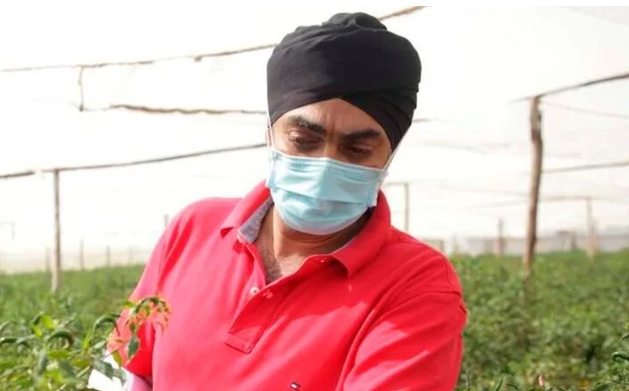Balminder Singh Sochi, an Indian tycoon, carved a unique path in Kenya, diverging from the fate of most foreigners who had invested in the country and built thriving multi-million empires.
Initially, Sochi experienced remarkable success in the engineering industry through his ownership of Kisumu Engineering Works Limited.
Kenyan tycoons supplying Kenya Power with concrete utility poles
This prosperous company catered to the needs of sugar mills and machinery in the vibrant Nyanza and Western regions, thus solidifying his status as a renowned tycoon in the area.
In addition, the tycoon operated a garage specializing in reconditioning motor vehicle engines, attracting clientele from all corners of the country.
However, when the sugar industry faced financial difficulties and payments were consistently delayed, the tycoon was forced to close down his engineering firm.
Despite this setback, his garage remained open but struggled due to competition from the Japanese used engines market, leaving the indian tycoon with few customers.
Faced with mounting challenges, the despondent Indian tycoon turned to social media as a last resort, auctioning off his two multi-million empires.
However, this did not mark the end of his story in Kenya.
Reinventing himself, Sochi embarked on a new venture in Nyabeda village, situated in Gem, Siaya County. Recognizing the untapped potential, he chose to cultivate chili on a portion of his leased 10-acre land.
How late tycoon Stanley Githunguri distributed his multi-billion wealth
Although a mechanical engineer by profession, Singh took the leap into chili farming for export after receiving encouragement from a friend in the UK who had seen his online auction. Reflecting on this pivotal decision
“At this time I was in the process of selling my machines. A friend in the UK saw on Facebook that I was selling them. He convinced me to venture into chilli farming for export,” he shared in a past interview.
Equipped with the necessary export permits from the Kenya Plant Health Inspectorate Service (Kephis) and Horticultural Crops Directorate, Singh embarked on his chili farming journey.
He procured seeds and sought assistance from a Naivasha-based company to germinate them into seedlings.
“The seedlings were brought to my farm in Siaya after about 35 days and we planted them sometime in June (2021) having used the previous month to prepare the farm,” he said.
For irrigation, Singh opted for a drip system, collecting water from a nearby spring and pumping it into tanks for distribution to the plants.
Employing integrated management methods for pest and disease control, he implemented blue, yellow, and white sticky traps throughout the farm to curb aphids, thrips, and whiteflies.
“We have some 54,000 Demon F1 variety chilli plants grown in shade nets. For pest and disease control, we use integrated management methods where we have set up blue, yellow and white sticky traps on the farm to curb aphids, thrips and white flies.” He explained.
“Kephis is very strict on the issue of plant safety for the export crop. Haphazard use of pesticides is discouraged that’s why we have employed four people to scout for pest and diseases on the farm daily.” He added.
Kenyan tycoons whose multi-billion businesses collapsed and why they failed
The hard work and good farm practices paid off, as Singh enjoyed his first chili harvest in September 2021, yielding between 1,000kg and 1,500kg of chili per week.
With his commitment to quality and sustainable practices, he anticipated harvesting the crop for up to 18 months.
Excitingly, Singh was among the farmers who celebrated the export of their fresh produce through the Kisumu International Airport.
“I have paid through the nose to export the chilies from Kisumu to the UK. Managing the quality and temperatures from the farm and the road to JKIA is not a cheap venture.”








